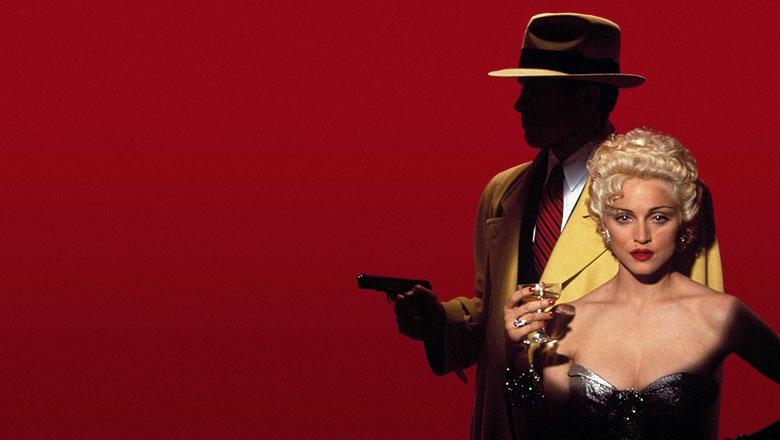Credits
Feature by: Rumsey Taylor, Abbey Bender, Katherine Follett, Victoria Large, Leo Goldsmith, David Carter, Evan Kindley, Adam Balz, Rod Bastanmehr, Glenn Heath Jr., Briallen Hopper, Kartik Nair, and Budd Wilkins
Posted on: 03 June 2013
As of this writing, seven of the ten highest grossing films in history are sequels—and another two will reportedly spawn sequels themselves. This succinctly articulates cinema’s formulaic basis, which is to say it is an inherently commercial art: a product that is consumed by crowds of people at a time and ideally incurs a profit measured in tens of millions of dollars. It is a high stakes investment that, when successful, is repeated until its profit threshold narrows.
This is nothing to bemoan, given that the aforementioned list of top grossers doubles as some measure of popularity, but it describes the franchising of cinema. Successful films are made over and over again for the purpose of profit, generally at the expense of creative ingenuity or original storytelling. To wit, these franchises often derive from other media (and vice-versa): comic books in particular, but also videogames, action figures, young-adult fiction, board games, and television shows. They may be collated into roughly five types:
- Literary – franchises that originated in literature or printed media
- Comic – a subset of literary franchises, but this type warrants emphasis given that comics by and far make up the bulk of cinematic franchises
- Toyetic – franchises that originated as toys, specifically action figures, board games, videogames, or theme park attractions
- Televisual – franchises that originated as television shows or cartoon series
- Filmic – franchises that originated as a film and were made to proliferate primarily in cinema if not additionally in other media
When a franchise is successfully transitioned into cinema, it inherits greater renown and profit; when unsuccessful, the result is a sort of cinematic orphan, pitiable in its stunted resemblance to its more imperious blockbuster brethren. It is this sort of film that we deem the failed franchise, and the breadth of these is far-reaching. They include comic book origin stories – with huge budgets, summer berths, and masthead stars – as well as startup cinematic franchises that never take off. Often, the failed franchise is a facet of an existent franchise, intent to extend its commodity into the cinematic realm. In some cases, the franchise fails because the source material is ineptly adapted for cinema (such as the much-maligned Super Mario Bros. movie, which bears little resemblance to its 8-bit precursor), or in others the audience is inconsistent with that of the origin franchise (i.e., the U.S. Godzilla didn’t pronounce the same war-drawn fears that the Japanese one did).
In all, the failed franchise is a very peculiar type of film: a prologue that anticipates adventures that never happen, announcing a sometimes rich universe of characters who remain underestablished, an excerpt orphaned from a deeper narrative. Some are rife with potential, whereas others demonstrate film studios at their most unreservedly capitalistic. For the month of June, we’ll be delving headlong into failed franchises, outlining their lineage and idiosyncrasy.
Introduction by Rumsey Taylor
By Rumsey Taylor, Abbey Bender, Katherine Follett, Victoria Large, Leo Goldsmith, David Carter, Evan Kindley, Adam Balz, Rod Bastanmehr, Glenn Heath Jr., Briallen Hopper, Kartik Nair, and Budd Wilkins ©2013 NotComing.com
Reviews
-
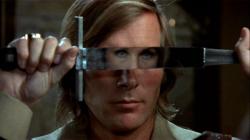
Captain Kronos - Vampire Hunter
1974 -
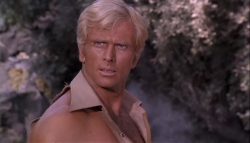
Doc Savage: Man of Bronze
1975 -
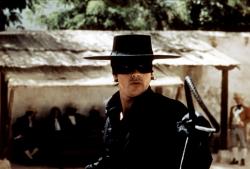
Zorro
1975 -
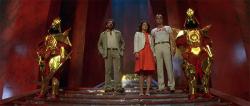
Flash Gordon
1980 -
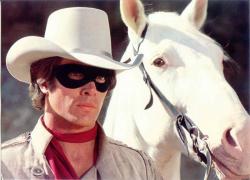
The Legend of the Lone Ranger
1981 -

The Adventures of Buckaroo Banzai Across the 8th Dimension!
1984 -
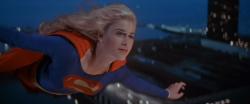
Supergirl
1984 -

Dune
1984 -

Masters of the Universe
1987 -

Howard the Duck
1986 -

Willow
1988 -

Dick Tracy
1990 -

The Rocketeer
1991 -

V.I. Warshawski
1991 -
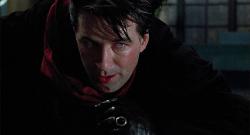
The Shadow
1994 -

Godzilla
1998 -

The Zero Effect
1998 -

The Mod Squad
1999 -

Hulk
2003 -

Master and Commander: The Far Side of the World
2003 -

John Carter
2012
We don’t do comments anymore, but you may contact us here or find us on Twitter or Facebook.



